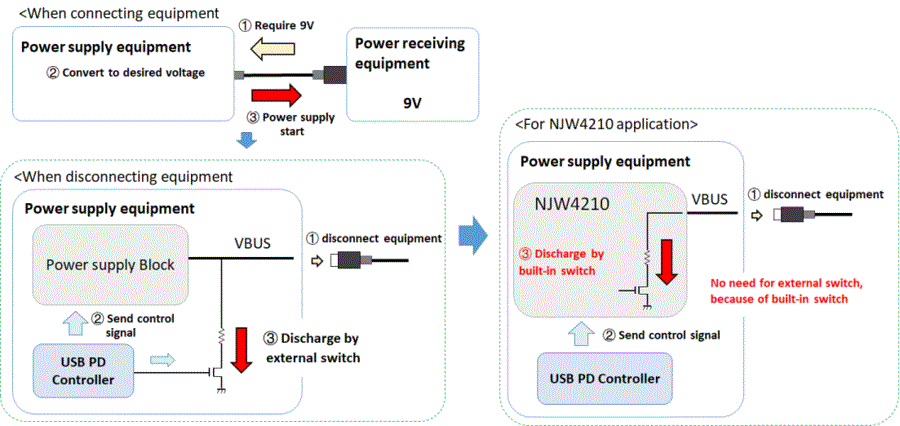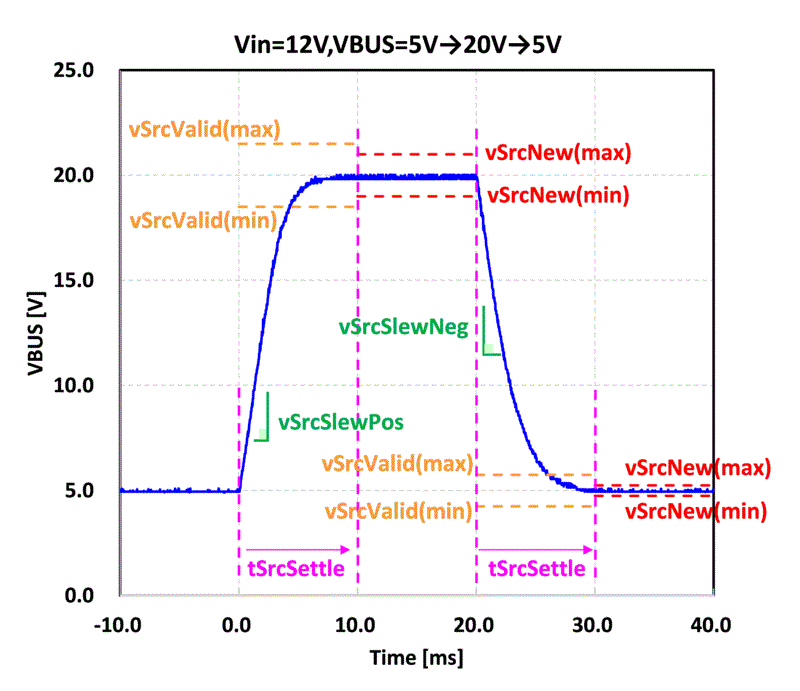Manufacturers
- Abracon
- Adam Tech
- Aerospace, Defense & Marine
- Agastat
- AIC
- AKM Semiconductor
- Alcoswitch
- Allegro
- Alps Electric
- Altera
- AMI Semiconductor
- AMP
- ams
- Analog Devices (ADI)
- Aptina Imaging
- Atmel
- Avago / Broadcom
- AVX
- Axicom
- Bccomponents
- Beyschlag
- BI Technologies
- Bourns Inc.
- Bowei Integrated Circuits
- Bridgelux
- Buchanan
- California Micro Devices
- Catalyst Semiconductor
- CGS
- Cirrus Logic
- Citizen Electronics
- CML Microcircuits
- Coiltronics
- Cooper Bussmann
- Corcom
- Core Logic
- Cree
- CSR PLC
- CTS
- Cypress Semiconductor
- Dale
- Data Image
- Deutsch
- Diodes Incorporated
- DOMINANT Opto Technologies
- E-T-A
- Eaton
- ECS
- Edison Opto
- Elcon
- EPCOS
- Epistar
- Epson
- Everlight Electronics
- Exar
- Fairchild Semiconductor
- FCI
- Freescale Semiconductor
- Fremont Micro Devices (FMD)
- Fujitsu Semiconductor
- Fulltech Electric
- General Semiconductor
- Harvatek
- Holsworthy
- Hsuan Mao Technology
- IDT
- Infineon Technologies
- Innolux
- International Rectifier (IR)
- Intersil
- IRC
- ISSI
- IXYS-IC
- Jing Cheng Electronical
- JL World
- Johanson Dielectrics
- Johanson Technology
- JRC / NJR
- JST
- KEC
- Kilovac
- Kingbright
- Kyocera Industrial Ceramics
- LEDiL
- Linear Technology / ADI
- Lite-On Technology
- Littelfuse
- Lumex
- Lumileds
- Luminary Micro
- Luminus Devices
- Macronix
- Maojwei / ZJPT
- Maxim Integrated
- MCC
- Mean Well Enterprises
- Microchip Technology
- Micron
- Microsemi
- Mini-Circuits
- Molex
- Murata Manufacturing
- Murata Power Solutions
- MWT
- National Semiconductor
- Nichicon
- Nippon Chemi-Con
- NJR / JRC
- NVE
- NXP Semiconductors
- OEG
- Omnivision
- ON Semiconductor
- Optek Technology
- Optrex
- OSRAM Opto Semiconductors
- OTAX
- Panasonic
- Peregrine(pSemi)
- Potter & Brumfield
- Power Integrations
- PowerStor
- Preci-Dip
- Prewell
- Products Unlimited
- Pulse Electronics
- PulseCore Semiconductor
- Qorvo
- Raychem
- Renesas Electronics
- RFMD
- Richtek Technology
- ROHM Semiconductor
- Rubycon
- Samsung Electro-Mechanics
- Samsung Semiconductor
- Schaffner
- Schrack
- Seiko Instruments, Inc. (SII)
- Semtech
- Sensata
- Seoul Semiconductor
- Sfernice
- Sharp Display
- Sharp Microelectronics
- Silicon Labs
- Siliconix
- Skyworks Solutions
- SoniCrest / JL World
- Spansion
- Sprague
- Stanley Electric
- STMicroelectronics
- Sunny Electronics
- Susumu (SSM)
- Taimag
- Taiyo Yuden
- TDK
- TDK-Lambda
- TE Connectivity
- Teccor
- Texas Instruments (TI)
- Thin Film
- Tianma Micro-electronics
- TOCOS
- TOKO
- Toshiba Electronic Components
- TT Electronics
- Tusonix
- TXC
- Tyntek
- Vishay
- Vishay Precision Group
- Vitramon
- Walsin Technology
- Weidmuller
- Welwyn
- Wickmann
- Winbond
- Xilinx
- Yageo
- Zetex Semiconductors
- ZJPT / Maojwei
News
NJR launches buck-boost DC / DC Converter NJW4210
2021-03-26 | ReturnNew Japan Radio (NJR) will start the sample distribution of the buck boost synchronous rectification DC / DC converter NJW4210 with a built-in output voltage switching function that supports the USB power delivery (USB PD) standard.
In recent years, the USB PD charging standard using USB high power fast charging has gained in popularity. Since USB PD can supply up to 100W (more than 20 times of the USB 3.x standard), it can support power supplies of various equipment such as mobile, PC, printer, and LCD monitor.
Since USB interface is universal all over the world, it is expected to be expand as an infrastructure, such as replacing AC outlets that need to be converted in different countries, changing all popular USB outlets into USB PD and installing USB PD ports in cars.
In addition, since power supply and communication can be completed with a single USB Type-C cable, it is expected that the devices supporting USB PD will increase in the future from the viewpoint of resource reduction.
The NJW4210 is a buck-boost synchronous rectification DC / DC converter with an operating voltage range of 4.8V to 36V that is suitable for USB PD charging. In addition to the buck-boost mode, it has a built-in output voltage switching function, so it is possible to build a USB PD power supply system without multiple regulators, and it contributes to the reduction of the parts, mounting area, and design man-hours.
Moreover, since the operating voltage range is wide, it can correspond to the internal power supply voltage of various power supply equipment, and it contributes to the standardization of design.
The package is EQFN24 (4×4mm), and we plan to obtain AEC-Q100 qualification for automotive applications.
Features
Since the NJW4210 has a built-in function that automatically switches to the output voltage corresponding to the receiving device with the USB controller, so it covers the power supply specification (the table below) of the USB PD without multiple regulators for each output voltage.
Outline of power supply specifications for USB PD 2.0 ver.1.2 or later
PD power |
to 15W |
to 27W |
to 45W |
to 60W |
to 100W |
Maximum output |
5V/3A |
9V/3A |
15V/3A |
20V/3A |
20V/5A※ |
※ When using 5A cable
In addition, there is no need to add a load switch or discharge switch on the power supply output line (VBUS), which contributes to application miniaturization and cost reduction.
1. Supports 5V/9V/15V/20V output voltage with one chip
There are various internal power supply voltages of the power supply equipment. In order to correspond to each output voltage of USB PD, there will be complex power supply configuration with buck and boost.
The NJW4210 adopts an automatic switching mode that automatically switches to buck mode, buck-boost mode and boost mode according to the relationship between input voltage and output voltage, so one chip covers the output voltage required by USB PD regardless of the input voltage. Since it is not necessary to prepare multiple regulators according to the output voltage, the load switch for the output switching is no longer needed.

2. Built-in discharge circuit
In USB PD applications, the output voltage needs to be discharged when the device is removed, so it is necessary to add the switch for the discharge in the conventional power supply configuration. The NJW4210 has a built-in output discharge circuit that works with the signal from the USB controller, there is no need to add external parts.

3. Voltage transition characteristics corresponding to the USB PD standard
The USB PD standard specifies slew rate when the output voltage rises / falls, output voltage transition settling time, rated output voltage, and overshoot / undershoot during the output voltage transition.
The NJW4210 suppresses overshoot / undershoot by its own soft start, and has a good performance that fully satisfies the USB PD standard.
Items |
Parameter |
USB PD standard |
NJW4210 |
Slew rate when output voltage rises |
vSrcSlewPos |
30mV/µs max. |
2mV/µs |
Slew rate when output voltage falls |
vSrcSlewNeg |
30mV/µs max. |
2mV/µs |
Output voltage transition settling time |
tSrcSettle |
275ms max. |
10ms |
Rated output voltage |
vSrcNew |
PDO(※1) Voltage ※ ±5% |
PDO(※1) Voltage ※ ±5% |
Overshoot / Undershoot |
vSrcValid |
vSrcNew±0.5V |
Less than vSrcNew±0.5V |
Data message indicating whether the power rules specified in the USB PD standard can be provided.)

Appearance

Applications
> Power supply systems with USB PD in room and car
> Electrical equipment with USB PD
> Other power supplies with USB PD
Release Schedule
> Release time April 2021
> Production planning mass production starting October 2021
Source:http://www.njr.com/





